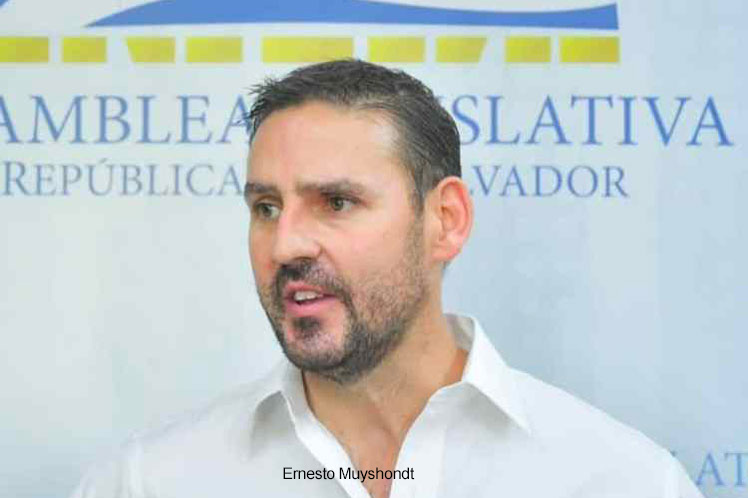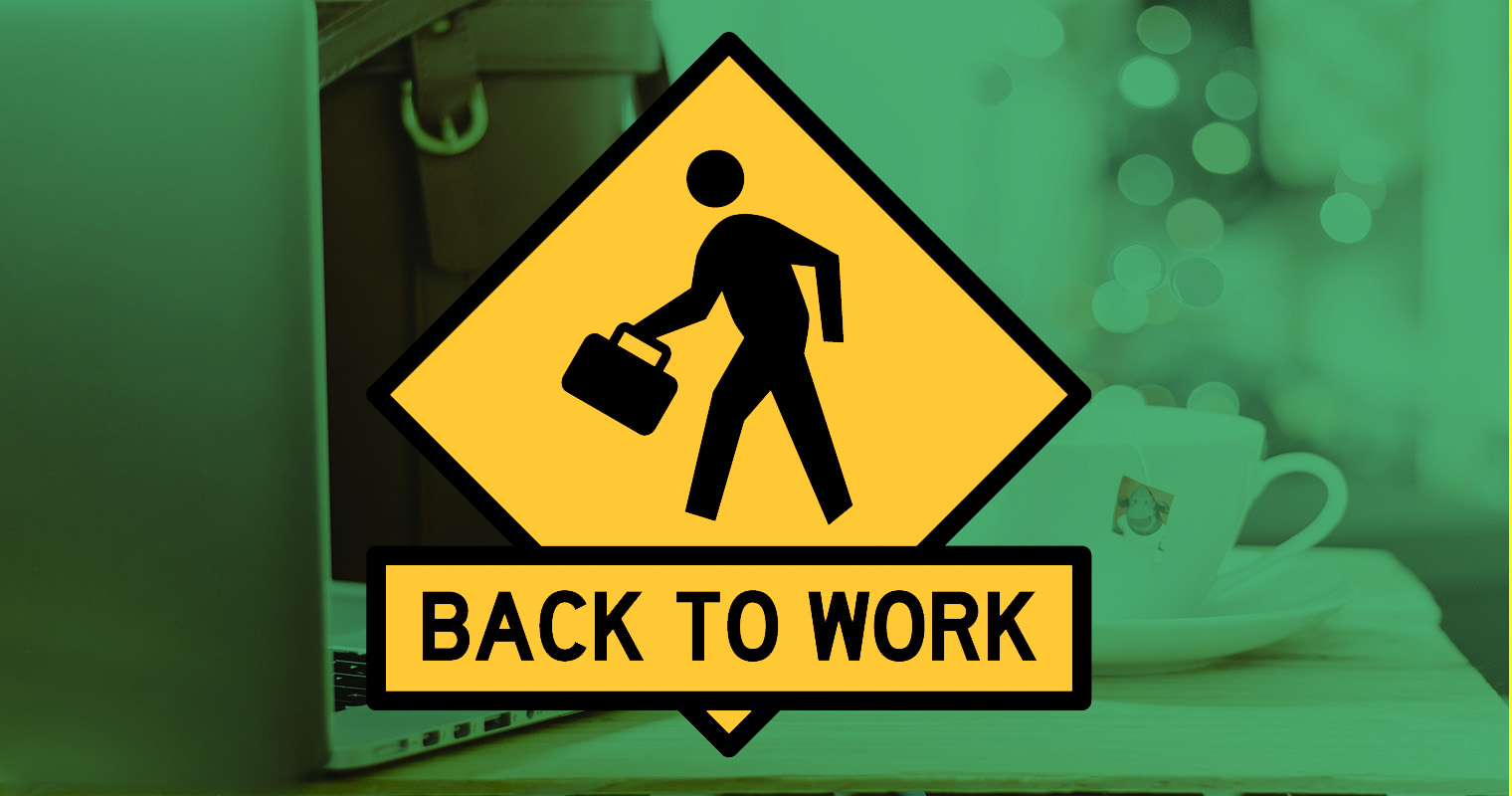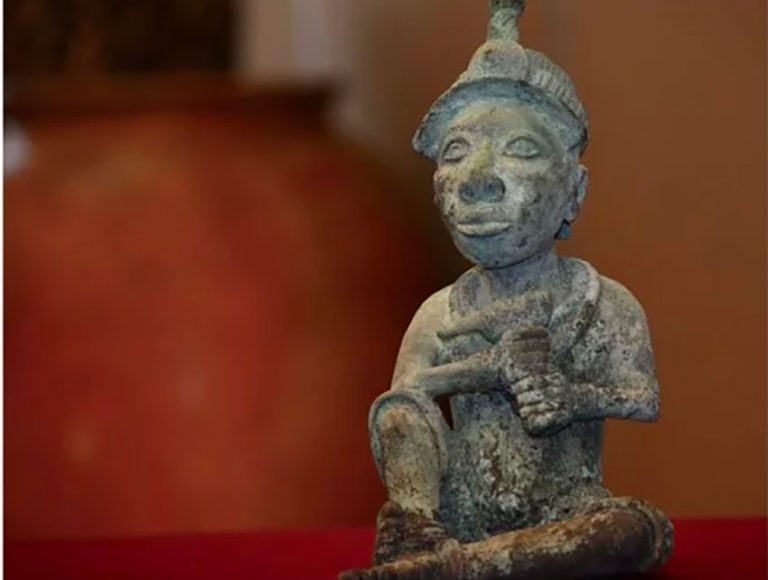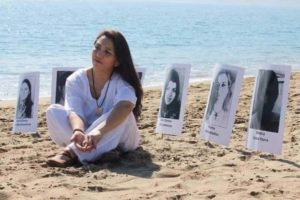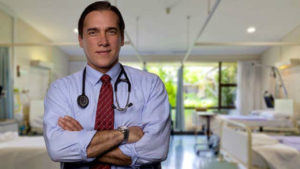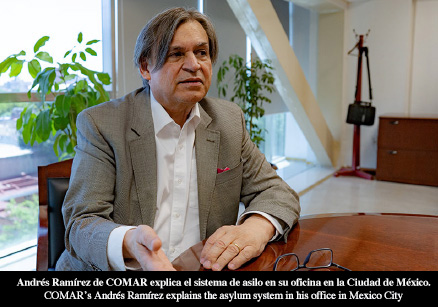Medical neglect and filthy conditions plague Latin America’s largest detention center
by Alex Harrison-Cripps
Asylum seekers in Chiapas are being told to go home or endure months in detention centers where they are denied basic needs such as water, clean sanitation and access to health care. Those who file a claim for international protection must wait months for the outcome, during which time they have to navigate a complex system and many struggle to access their basic rights.
Mexico does not currently have, and has no plans to introduce, a cap on asylum applications, according to Andrés Ramirez, head of the Mexican Commission for Refugee Assistance (COMAR). However, since June 2019 there has been a change in policy aimed at restricting the migrant flow through the country. So, while COMAR’s budget is a fraction of what is needed to investigate asylum claims efficiently, the National Immigration Institute (INM) has been given additional support in the form of the National Guard and the army.
In May 2019, the U.S. government threatened to impose increasing tariffs on Mexican goods “unless and until Mexico substantially stops the illegal inflow of aliens coming through its territory.” The following month, the government launched the Migration and Development Plan, and by November 2019, Foreign Affairs Minister Marcelo Ebrard boasted of a reduction in the flow of migrants from south to north from 144,116 (in May) to 42,710.
Publicly this reduction has been attributed to employment programs and rescuing migrants from traffickers. However, it is also likely to be, at least in part, due to the harsh conditions that migrants must endure to obtain international protection in Mexico.
Detainees are given the “choice” of returning home to face the life-threatening situations that they fled or enduring months of difficult conditions in detention. Some of those “rescued” by the INM choose not to request asylum rather than spend months in a detention center.
Yoni, a Honduran woman, said that her unaccompanied teenage daughter was told she would have to stay in Siglo XXI for ”two to five months” while applying for asylum. On seeing the conditions, her daughter asked to be sent home. It was nine more days before the teenager was allowed to phone anyone and 26 days of detention before she was finally deported.
Those who do stay at Siglo XXI are faced with medical neglect. Dr. Arturo Nepomeceno Lozano, the assistant deputy director at Tapachula hospital, said the doctors at Siglo XXI do not appear to be attending to the detainees. His hospital regularly sees patients with urinary tract infections caused by severe dehydration, or diarrhea or bronchitis. He has treated patients who have been “told to stand in the sun while they are denied shade or water.”
One mother from El Salvador wept as she told how her 9-year-old daughter’s appendix had burst inside Siglo XXI. The girl suffered from “increasing stomach pains and fever for 13 days … before she was finally transferred to the hospital, after the pain had left her unable to stand. The other detainees threatened to revolt if the girl was not given medical attention.”
“The doctor didn’t even physically examine my child,” the woman said. “He just gave us some antibiotics that did nothing to reduce the fever or the pain. The doctor accused her of faking the illness and being a spoiled child.”
The girl, who went on to spend six weeks in the hospital, was diagnosed with a ruptured appendix, peritonitis and typhoid. She required three operations to remove and repair a significant part of her intestines as a result of the serious infection that had spread from her appendix. “The doctors have said that it is possible she won’t be able to have children,” her mother said through tears.
It wasn’t just medical neglect that the girl had to endure. Before being transferred, the staff in the detention center “forced her to stand outside in the rain when she had a fever,” said her mother.
When the Salvadoran mother was finally allowed to accompany her daughter to the hospital, she was not allowed to bring her other three children, all under the age of 13. She was forced to leave them unaccompanied in the detention center and was denied any form of communication with them until three days later when they were unexpectedly delivered late one night to the hospital.
Siria Villator belongs to the Fray Matías Human Rights Center, one of the few organizations in Chiapas that has been granted access to Siglo XXI. She is granted restricted access to a common area but not to the main living areas. She said “it was bad before but now it is really bad.” She has heard about cells used for “solitary confinement as punishment.” INM spokeswoman Natalia Gómez denies that there are any such cells or that punishments are meted out.
Jonny, 18, spent seven and a half months in the detention center. He says was regularly called a “fucking migrant” and staff would throw bars of soap at his face. “But [the staff] are not all bad — maybe only 40% of them,” he said in an attempt to be lighthearted.
Detainees at Siglo XXI also talk of unsanitary conditions. In one dormitory dozens of people sleep on mattresses on the floor, covered only with dirty sheets. A young man from Honduras explained that the turnaround is so fast that the new arrivals sleep in beds with old soiled linen from the previous occupants.
The INM also has the ability to detain undocumented migrants in temporary holding facilities called estancias provisionales. These shelters have a capacity for 10 people and are designed for holding periods of less than 48 hours, confirmed Brenda Ochoa, who has permission to visit the detention facilities as a representative of Fray Matías. She says conditions are frequently overcrowded and the cells are “used as a punishment.” On one visit, “there were over 40 people, including pregnant women, being held in in the cell, meaning that not all of them could lie down at once.”
In their rush to flee desperate circumstances, asylum seekers are in most cases unable to prepare for the complicated bureaucratic process that awaits them.
“Most asylum seekers will have left their home suddenly with little savings, planning or information,” explained Florian Heopfner of the United Nations High Commissioner for Refugees (UNHCR). “Very few people will understand the process,” he said.
The process involves an understanding of the two government departments: the INM and COMAR. Asylum applications are managed by COMAR whereas deportations and detentions are managed by the INM. COMAR has a presence in only four federal entities: Mexico City, Chiapas, Veracruz and Tabasco; the INM is present across Mexico and is supported by the police, the National Guard and the army.
“We didn’t know how things worked or what the COMAR office was when we arrived,” explained a 23-year old Honduran father. He, his 20-year-old wife and 10-month-old daughter were detained for 22 days inside Siglo XXI after a week of sleeping rough in Tapachula. “It’s like a prison,” he said. “They lied to us when we arrived. They said we would have to stay (in the detention center) for at least three months if we wanted asylum.”
The young father stayed in a male dormitory, shared with dozens of others, and his wife and child stayed together in a separate area; each day, they were allowed to spend one hour together as a family. The young mother said she was “allowed only three diapers per day” and so was “forced to leave her baby in soiled diapers” when she ran out.
In cases where asylum seekers cannot get to a COMAR office, the INM has a duty to inform the refugee commission of their request for asylum, explained Andrés Ramírez, head of COMAR.
However, the INM doesn’t always provide this information, leading to a bureaucratic wall between the asylum seeker and protection.
Institute spokesperson Gómez acknowledged that these are not the first complaints that have been made, but she said the INM has “no ability to investigate complaints.” She asserted that “the only way an investigation could happen would be if a formal complaint is made to the National Commission for Human Rights (CNDH).”
The CNDH has investigated 36 complaints regarding the INM in Chiapas since the beginning of the year. However, in Ochoa’s experience, many people are unwilling to make formal complaints as they believe it will affect their asylum status.
This is the first of a two-part series that examines the unofficial barriers that serve to discourage people from filing claims for asylum.

